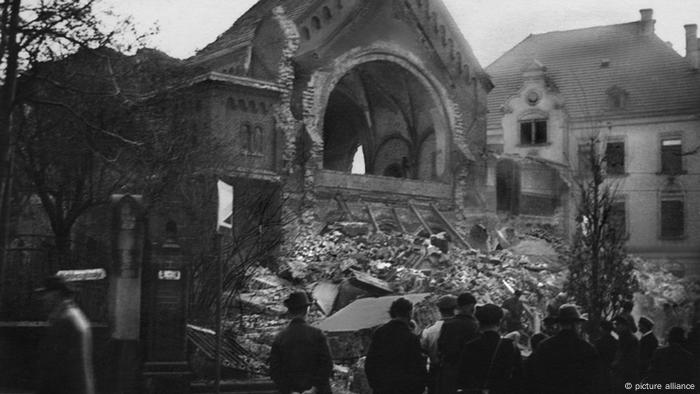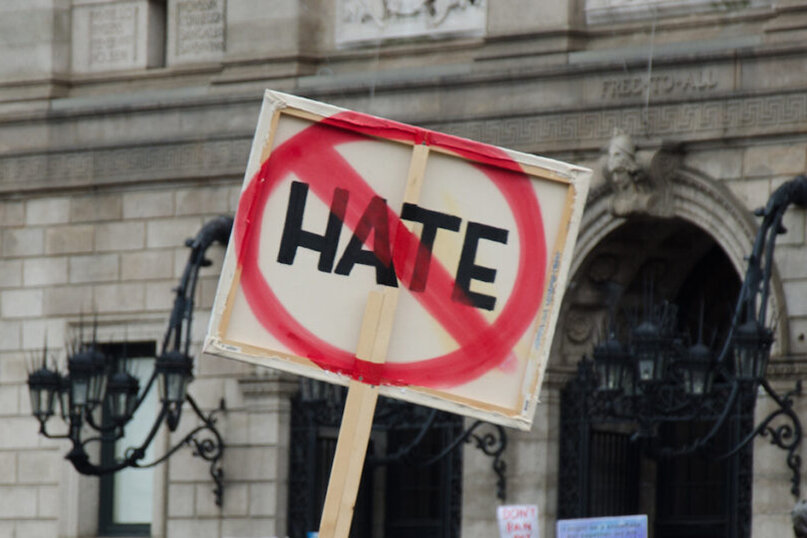Upon reading the "Yellow Brick Road" by Witi Ihaimaera we come to questions that arose from completing it. Bellow the queries I have written my thoughts to better understand the story.
I have partitioned the story into fragments to better understand.
--The reason for the narrator to move to Wellington--
There are plenty of indications that are implied by the situation and statement said by the narrator. "Wellington is where the money is. And you have to go where the money is, ay Dad. No use staying in Waituhi and being poor all the time, ay. "- quoted. Events-- as observed by the narrator-- further indicates this. Examples include their vehicle and how cramped it was. Financial problem is a driving point for travelling and moving to Wellington. Opportunities to turn the tides in their favour are seemingly, in Wellington.
--Big difference between Waituhi and Wellington does the narrator mentioned--
There are two differences that are stated between Wellington and Waituhi. Both, stated by the narrator. One of these differences lies with the people and the societal contrast between the two cities. Whilst in Waituhi where there are only a few Pakeha in Wellington there are plenty. The second traverse once more in the money problem; whereas in Wellington, the narrator views his family as being rich, in Waituhi it's the opposite.
--Dad told Uncle Sam they were moving to Wellington--
He was tired of "--shearing, the fruit-picking and the going down South to shear some more." -quoted. Moving to Wellington, the probability of working a better job increases as there are as quoted 'factories'. There are not many jobs in Waituhi but plenty in the other city. In addition to that 'Dad' wanted a better life for his children, that him, nor his wife had when they were young. He is fighting for his children to have everything.
--The narrator’s attitude towards moving changes once they draw nearer to the city--
Upon seeing the shining light of the Emerald City--Wellington--he felt glad, excited even. Though as they come closer his emotions change. To such an extent into which, the opposite from what he felt before is what he began to feel currently. Seeing 'yellow signs' that directs them where to go, it must've felt suffocating. He began to feel scared. Singing to himself to feel reassurance.
Emerald City, Yellow Brick Road, Flying Monkeys, scarecrow, tinman and cowardly lion, are all allusions (references) to______
All of the allusions stated are part of a narrative titled "The Wizard of Oz". In my opinion, there are several connections that I can see in relation to the common aspects of the plot and characters of both stories. Much like the characters from The Wizard of Oz they are travelling upon a path where opportunities lay. The yellow brick road. Upon their travels problems arose, similar to what happened in this text [Yellow Brick Road].
The characters from The Wizard of Oz believed that by going to the Emerald City where they'll be helped; they'll gain what they wanted for, be it a heart, a brain or courage. Akin to the characters in this story. They are moving to Wellington for prosperity, money. However, there is one wish that both stories possessed in the way. Home. In the Yellow Brick Road they're hesitant, and the family, in each of their ways, wanted to go home. In a way, the story leaves us between the devil and the deep blue sea. What can you give for a better life, for your ambition, what are you willing to do. A quote from the story is a great example of this "You and your dreams, son.".

I believe that the comparison gives us a lesson to create our own paths. The narrator--Matiu--had ambitions for the Emerald City, as well as his father. They and their family may not entirely know what will happen in Emerald City. But, by following their own "Yellow Brick Road" they may find answers to questions they don't have, yet answers they need nonetheless.




































